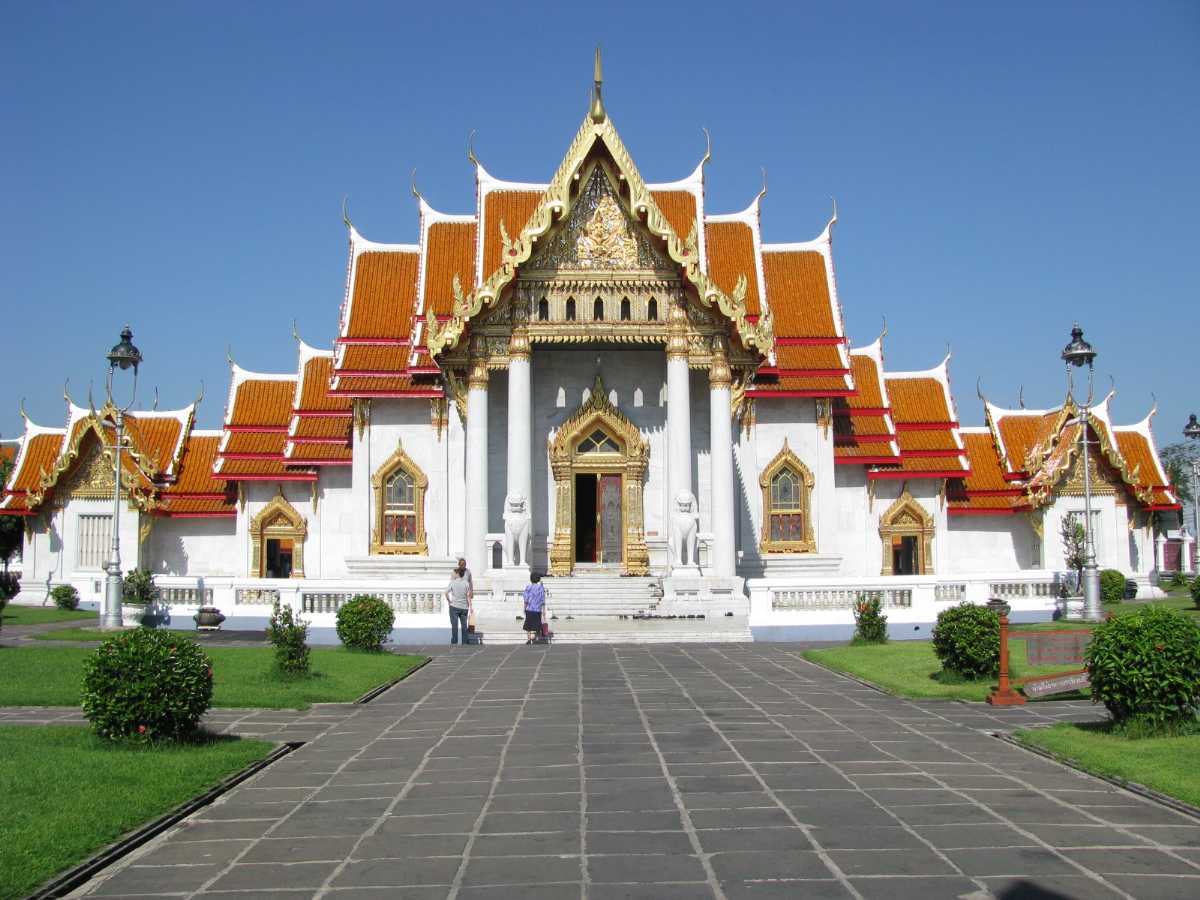Wat Benchamabophit
Tags : Buddhist Temple
Timings : 8:00 AM - 5:00 PM
Entry Fee : No Entry Fee
Wat Benchamabophit, Bangkok Overview
Commonly known as the marble temple, Wat Benchamabophit is one of Bangkok's most beautiful attractions. Embodying an impressive, modern style of Thai architecture, Wat Benchamabophit is a royal temple hosting a beautiful Buddha statue. With red carpets, polished marble and stained-glass painted walls - Wat Benchamabophit is a unique, yet beautiful Thai temple!
Wat Benchamabophit holds great religious importance in the hearts of the local community of Thailand. Unlike most of the other temples in Thailand, people from the community come here early in the morning to make offerings to the monks lined up on Nakhon Pathom with their bowls. The temple has also been an essential part of Thailand’s history and houses a replica of a highly revered Buddha statue. King Rama V spent his days as a monk at this temple before his coronation. Apart from that, the temple appeared in the famous reality TV show The Amazing Race 9, and its façade is on the reverse side of the Five Thai Baht coin.
Read More on Wat Benchamabophit
Architecture of Wat Benchamabophit
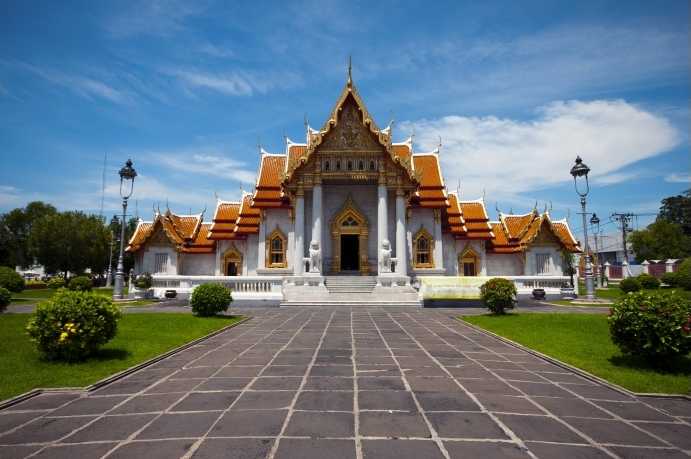
(Source)
Sightseeing at Wat Benchamabophit
1. Ubosot of the Wat Benchamabophit
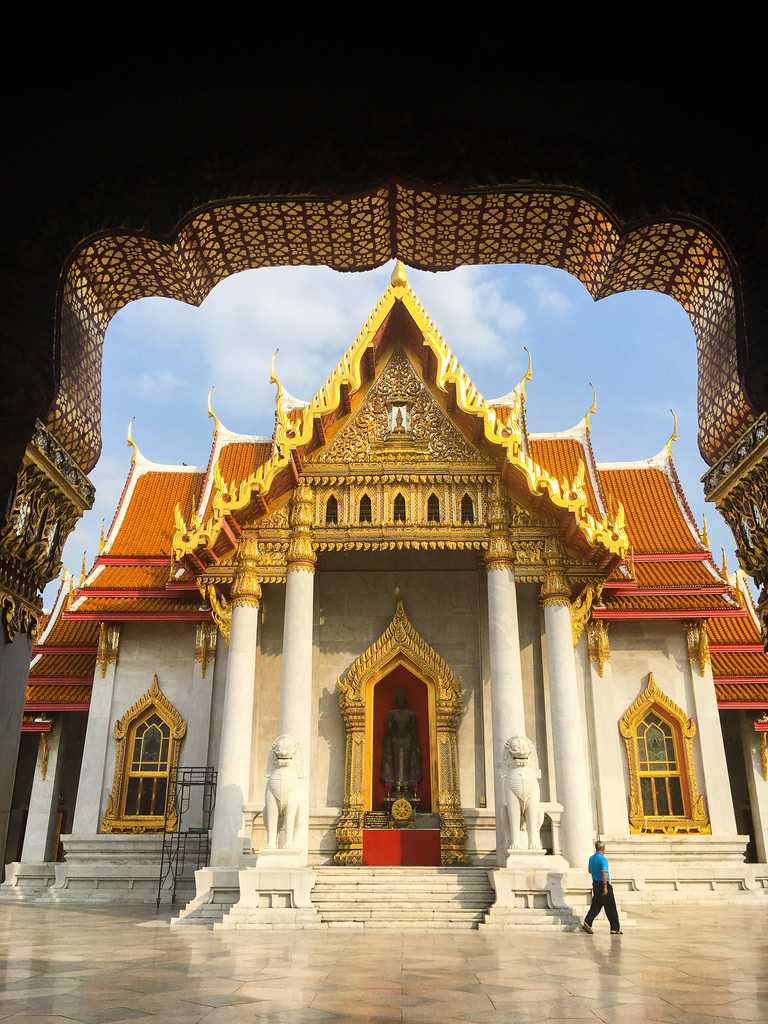
(Source)
2. Phra Buddha Chinnarat
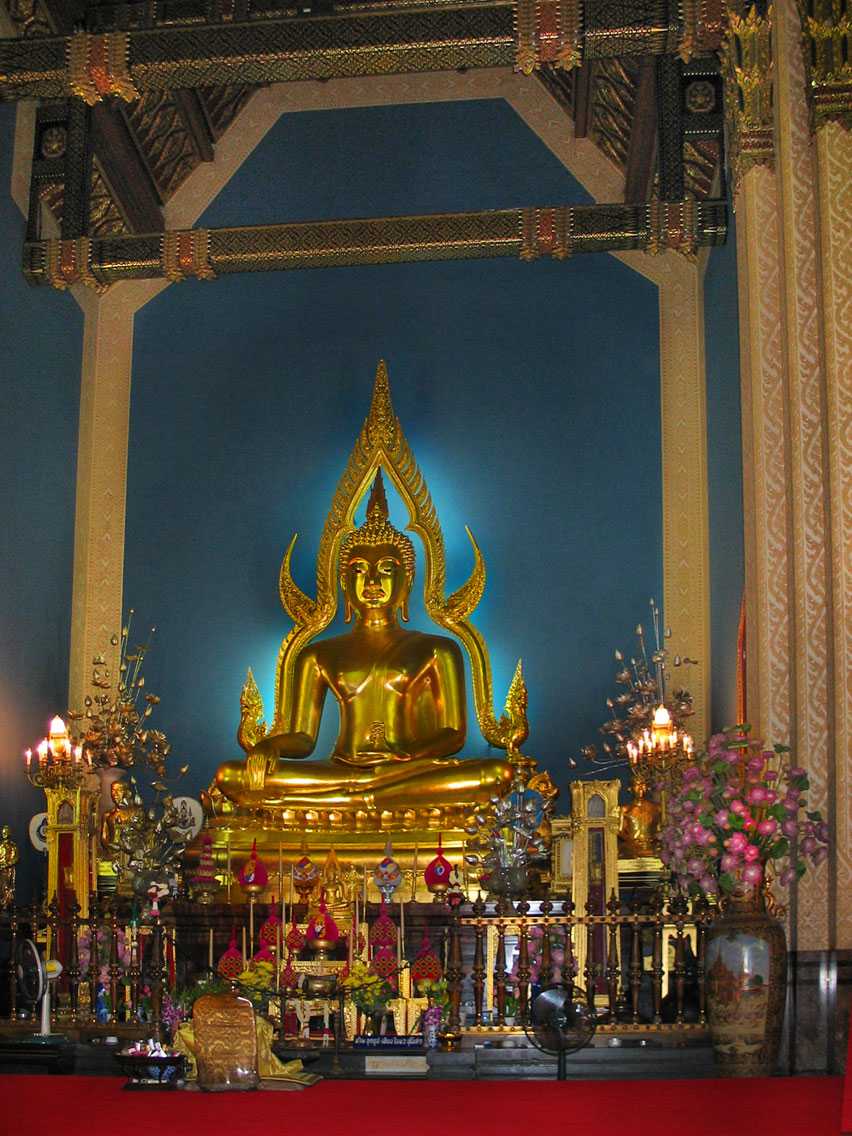
in Wat Benchamabophit
(Source)
3. Gallery/Cloister Surrounding the Ubosot

with 52 Distinct Buddhist Images
(Source)
4. The Bodhi Tree
_of_Wat_Hua_Hat_2_20181015164601.JPG)
(Source)
5. Song Dharm Hall
This hall was constructed in 1902, at the behest of Queen Saovabha Phongsri in the memory of her late son, Royal Crown Prince Vajirunhis. You will find Thai decorative motifs, the royal emblem of the crown Prince, and depictions of Prince Siddhartha’s life on different pediments of the structure. Today, the hall is used for organising certain annual events and lying in state of the bodies of royals and dignitaries during funeral ceremonies.6. Canal
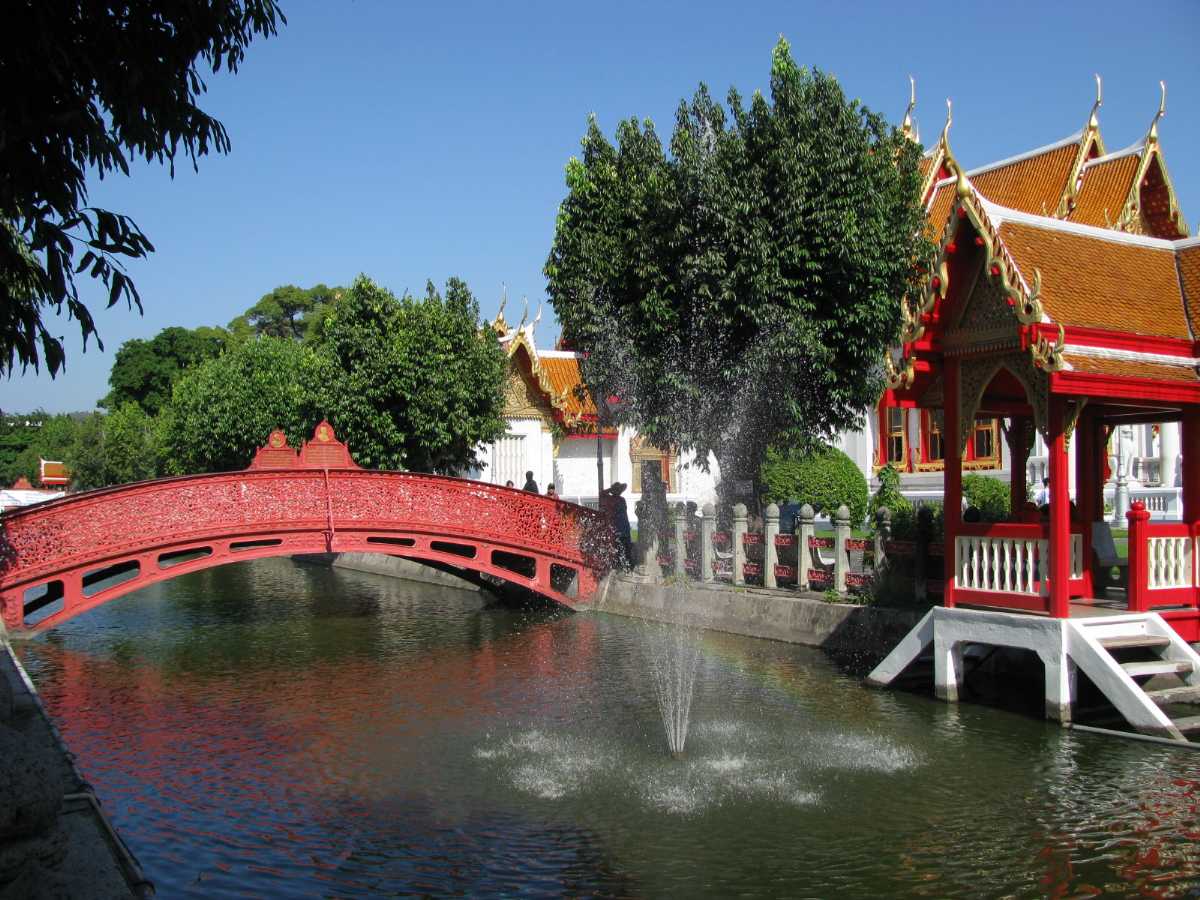
(Source)
Dusit Palace
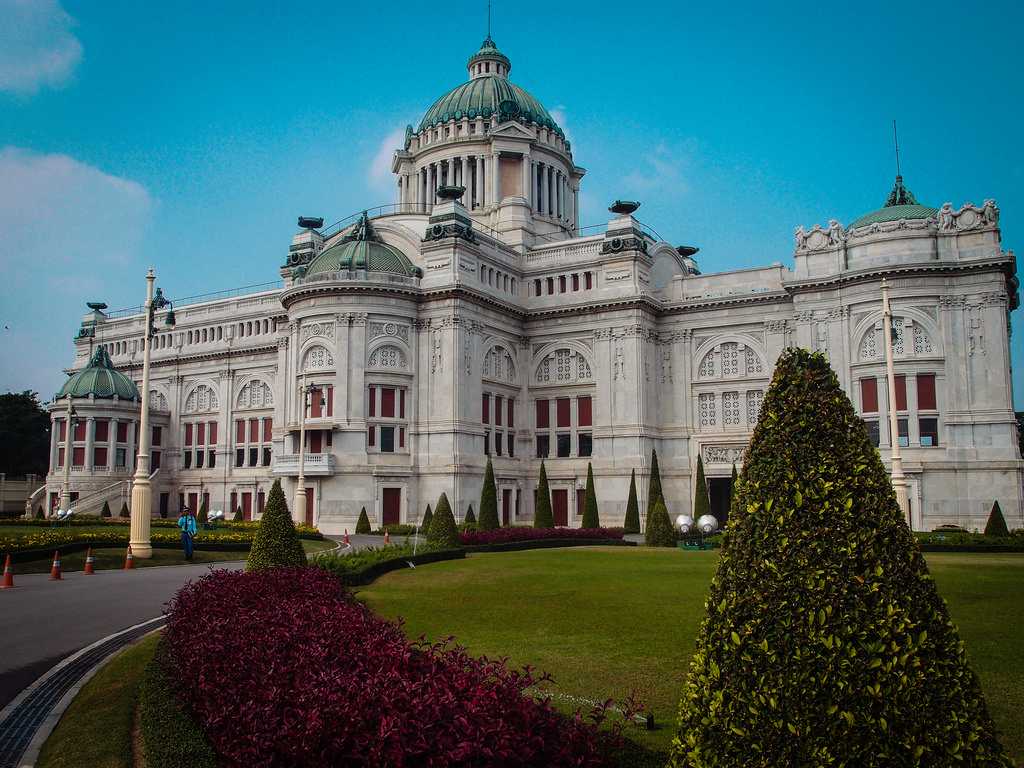
(Source)
Wat Benchamabophit History
_20181015163112.jpg)
(Source)
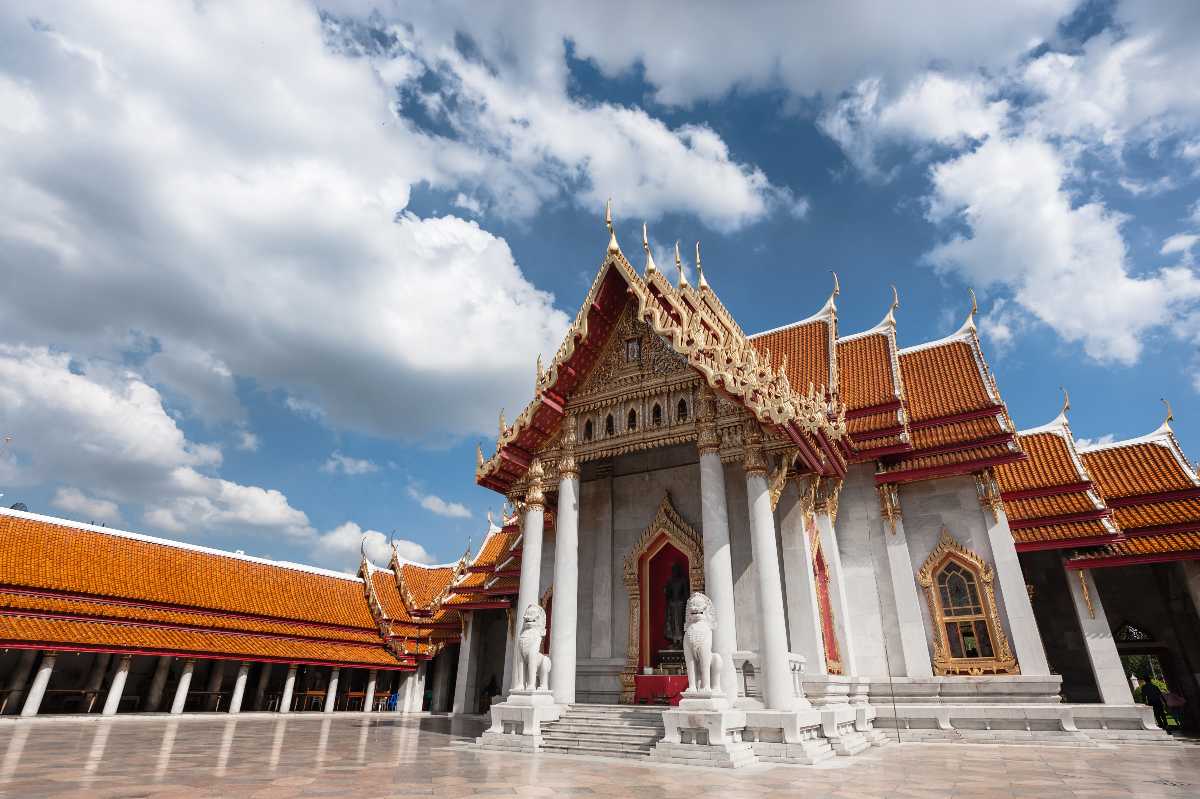
(Source)
Best Time to Visit Wat Benchamabophit
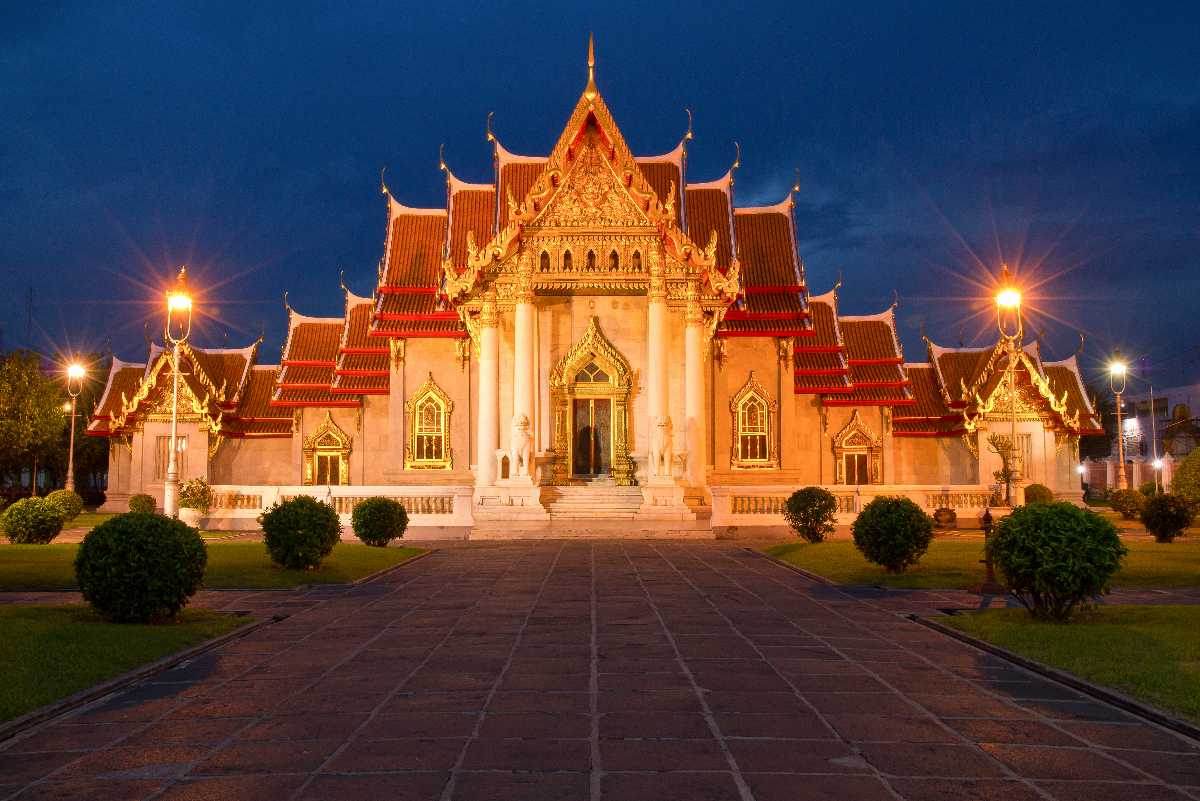
Tips
- Follow the dress code which requires men to wear long pants and short-sleeved or long-sleeved shirts (no tank tops or sleeveless shirts). Women must wear skirts or pants extending to their knees, and should not wear a top that reveals bare shoulders. You will be required to take off your shoes before entering the temple.
- Photography is allowed in any area of the complex.
- Beware of scammers who talk tourists into buying fake gemstones. Hundreds of tourists have fallen for the lofty discounts these scammers offer. Never buy gems or jewellery from a shop you're taken to by a tuk-tuk. If someone walks up to you to talk about a "jewellery-related promotion" or "Government tax-free jewellery export", they are most certainly trying to scam you.
- Carry a guide book/map and avoid getting fooled by the tuk-tuk drivers and men offering a 'free tour' of the place for their own benefits.
How To Reach Wat Benchamabophit
